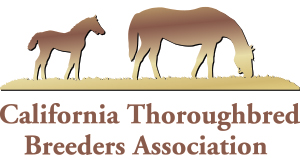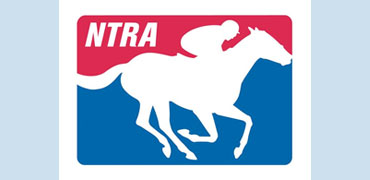From NTRA
WASHINGTON, D.C. (July 21, 2015) — The U.S. Senate Finance Committee completed its work on a tax extenders bill in a markup session earlier today and approved the resulting document by a 23-3 vote. The bill contains tax provisions to help families, individuals and small businesses, including specific incentives supported by the National Thoroughbred Racing Association (NTRA) because they spur investment in the horse racing industry.
Led by three-year tax depreciation for all racehorses, the bill also reinstates 50 percent bonus depreciation and the $500,000 Sec. 179 expense allowance. Each of these incentives has been in place over the past several years, with the amount of the Sec. 179 expense allowance often fluctuating from one year to the next. The two-year tax extender bill would be retroactive to January 1, 2015, and continue through 2016.
“A multi-year extension of these incentives will create horse industry jobs and support horse owners who need time and certainty to thoughtfully plan their investment strategies,” said NTRAPresident and CEO Alex Waldrop. “Three-year depreciation for all racehorses has been a primary focus of the NTRA’s federal legislative team since we first secured this more equitable depreciation schedule in the 2008 Farm Bill.”
Prior to the 2008 Farm Bill, which became effective January 1, 2009, racehorses 24 months of age and younger when purchased and placed in service were depreciated on a seven-year schedule that did not accurately reflect the length of a typical racehorse’s career; only racehorses over 24 months old were depreciated using a three-year schedule. The NTRA, along with current Senate Majority Leader Mitch McConnell (R-KY), identified this inequity and worked to have it modified in the 2008 Farm Bill.
Fifty percent bonus depreciation and the Sec. 179 expense allowance are available to all small businesses, including those in the horse racing industry.
Fifty percent bonus depreciation permits taxpayers to depreciate in the first year 50 percent of qualified new depreciable property purchased and placed in service. Yearlings that are put into a training program are one example of qualified new depreciable property.
The Sec. 179 expense allowance is set at $500,000 in the tax extenders bill, with a $2 million investment threshold, for qualified new or used property purchased and placed in service. For every dollar of investment over the $2 million threshold, the expense allowance is reduced by a dollar. A common example of used property in the horse racing industry is a broodmare that had a prior use as a racehorse or broodmare.
The NTRA will continue to advocate for inclusion of the three-year depreciation provision in the tax extender bill as that bill works its way through the federal legislative process and will periodically update the horse industry as to its progress.


